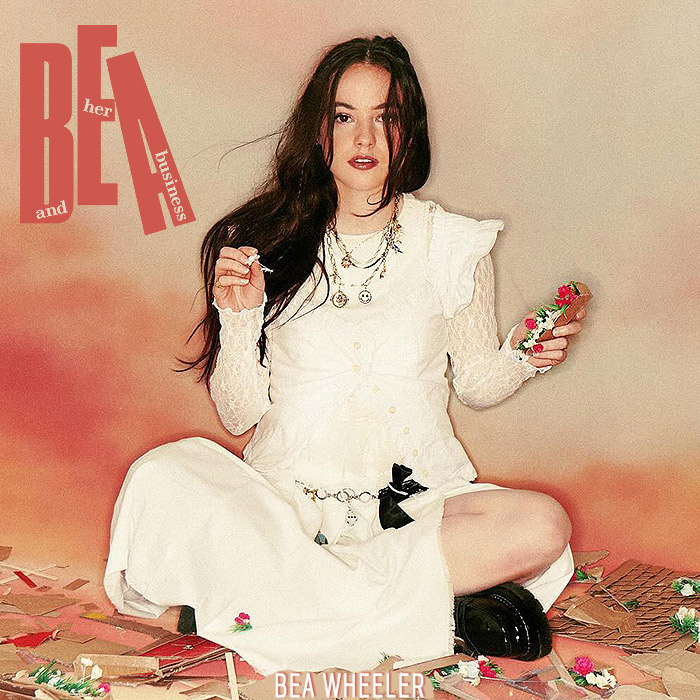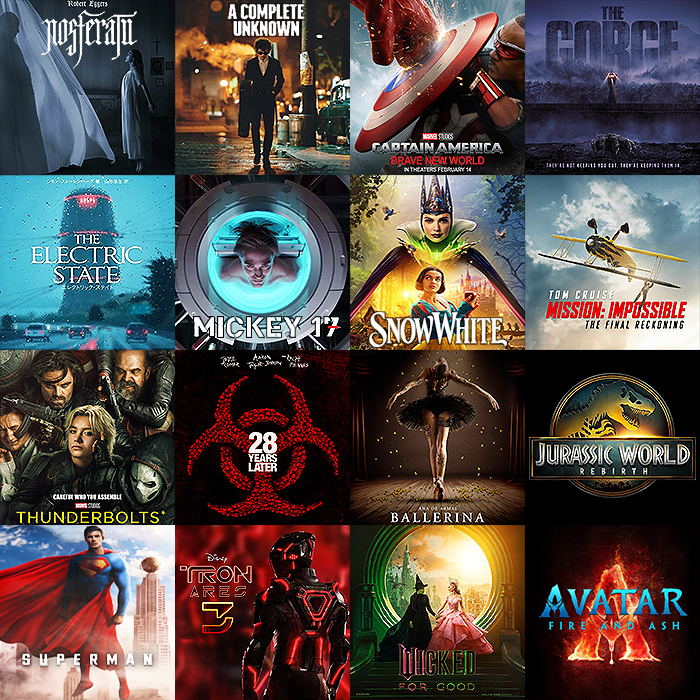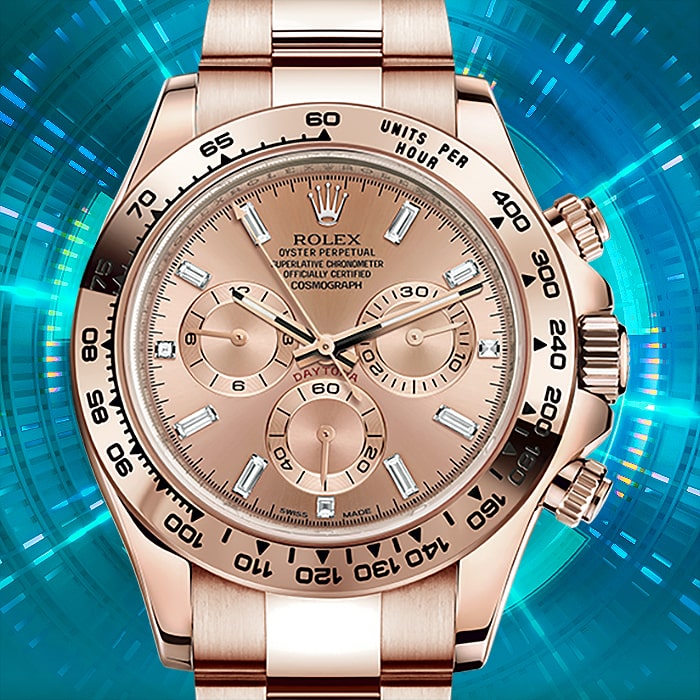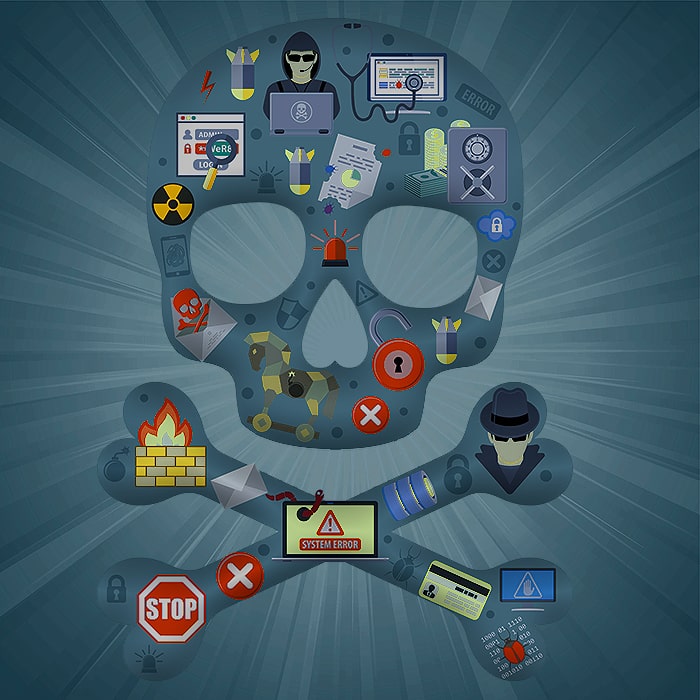The Brand Profile Process

Successful branding is almost always down to preparation and detail; very seldom is a logo or emblem plucked out of thin air. Before a Logo can be specified, a brief is required, and before a proper design brief is written, you need a detailed and well-considered Brand Profile. The Brand Profile sets down on paper all the necessary descriptive words and abstracts which fully represent the identity and personality of your brand. To get the best possible quality of results, you need to engage in a variety of cognitive exercises; many of which overlap in some part - and this is an absolute necessity within the overall process. The reason for slightly overlapping exercises is that each applies its own particular nuance, and introduces a marginally different viewpoint which could either reinforce an already accepted characteristic, or else dissmiss it entirely. We have 12 related exercises we would encourage you to engage in; we cite numerous examples to help focus your efforts. The whole idea of this exercise is like blending and distilling a high quality vintage beverage, you need to carefully select the highest quality ingredients (Brand Markers - as below) - and go through a process of refining and improving your brew, until you reach a trademarkable Formula X.
Short Description
A short single sentence of around 20 words or so which covers the essentials of your brand; e.g. ’Affino is an Internet-enabled unified digital business platform which allows companies to pool resources to successfully run and monetise their businesses online’
This is essentially the 30 second elevator pitch as such.
Purpose
What are the precise end-goals of this exercise.
This is actually a three-pronged overview:
- What kind of brand generation exercise is this? - Origination | Reinterpretation | Re-branding | Re-positioning
- What is this brand for? - Company | Organisation | Product | Service
- What will this brand mark be applied to? - Products | Packaging | Merchandising | Digital Media | Print Media | Clothing | Livery | Diffusions
Brand Story / Mythology
Simplifying and increasing the appeal of the company history - setting out its pedigree and provenance, origin story etc. what is the purpose of the company and its central mission - writing it in a way that has particular emotive appeal for intended / potential Clients / Customers (Aspiration)
The essential narrative / legend behind the brand - think Jack Daniels, Magners or Dom Perignon - all these have personality based mythologies stemming from the pioneering ’alchemists’ of those companies. There is obvious history and pedigree; even very new companies can introduce brand mythologies based on how and why the company was founded. Everyone loves a good story, no matter how much or little rooted in actual fact - and Jack Daniels ongoingly adds to its mythology by creating or hyperbolising events in its history - e.g. the whiskey barrel Christmas tree.
’An enduring, memorable and inspirational mythology / origin story’ - Start off with a date or place, personality or catalyst event - which describes how the company came into being or evolved to its current status.
Key Proposition / Positional Strapline
What is your unique / differentiating / defining positional offer? - all brands need this - there are for instance typically several airlines within a single market or sector - each airline will have its own unique positioning - most routes? cheapest? best service? most frequent? most flexible?
You can define this as a Unique Sales Proposition - text which succinctly describes what you do or specifically what your key point of difference or main benefit is.
Target Audience
Identifying the most typical customer - i.e. median profile of most likely customer, based on existing clientèle. This is an actual real person who best represents your most likely customer. You cannot generate some hypothetical profile here, it must be grounded in fact, and based on actual sales figures and other defining characteristics.
- Age
- Gender
- Income
- Education
- Habitat
- Housing
- Social Grade
- Value Group
- Extended Classification
- NRS Super Profile
- Consumer Classification Matrix
Increasingly customers are defined by what they do and their chosen hobbies and activities - ACORN characteristics based on people living in the same street do not necessarily apply so much any more as people have different drivers - yet those of a similar education profile and income, with the same hobbies, will tend to aspire to roughly the same material things.
Mood Mapping
Sit down with a bunch of magazines absolutely relevant to your Brand positioning and target audience; then proceed to cut out and extract relevant pages, which are then mapped out and mounted onto a large display board; normally A2 or so in size - you can also do this as a digital collage / Pinterest Board. You should end up with a collage of associated visual and verbal cues which should lead to invaluable input for the Descriptive Key Words, Values and Terms which inform the brand and likely brand experience.
Descriptive Key Words
These are defining key characteristics, usually multiple, Meta style Key Words in each of the 8 categories below:
- Shape/s - Angular | Rounded ; Edgy | Even ; 2D | 3D ; Blocky | Spherical etc.
- Colour/s - Blues (Cold) | Reds (Warm) | Greens (Eco) | Browns (Organic) | Greys (Cool / Modern) etc.
- Mass - Dense | Hollow ; Heavy | Light ; Compact | Expanded etc.
- Texture - Coarse | Fine ; Rippled | Flat ; Embroidered | Printed ; Perforated | Embossed etc.
- Tone - Hard | Soft ; Light | Dark ; Sharp | Blurred ; Solid | Faded etc.
- Style – Contemporary | Heritage | Modern | Futuristic | Retro | Traditional | Edgy | Normal | Extraordinary etc.
- Opposites - Polar opposites to Brand; e.g. Organic | Monsanto ; Hot | Cold ; Montblanc | Bic etc.
- What Nots - i.e. everything you do not want to be associated with your brand; e.g. religion, politics or sport affiliations - Note: beware of colour use as one colour of fabric can easily alienate or upset a particular niche of society / sector - often with religious overtones
Be careful not to end up with red herrings or contradictions here - these terms will be particularly useful to a designer when applying the finishing touches to the brand look. We usually start by originating everything in simple and flat monochromatic form, as great logos must also work at this level, you then hone and evolve the look to bring in the relevant colours, textures etc.
Values - Brand Values
Value Characteristics you wish to be ingrained into your Brand:
- Top Tier Values – Prestige | Affordable ; Accessible | Exclusive ; Express | Pedigree ; Instant | Acquired Taste ; Pro-active | Re-active ; Quantity | Quality ; Short-term | Long-term etc.
- Core Profile Values – the essential company or organisation values - e.g. honest, hard-working, community-minded, ethical etc.
- Philosophy – the ethos of the company, leads to a company’s goals and mission statements; e.g. ’improving lifestyles through affordable smart technology’
- Social Values – humanitarian; environmental; educational; cross-cultural
- Competitive Values – values that set you apart from both direct and indirect competitors; if not brought out in the Top Tier Values, they need to be distilled here - broader, quicker, cheaper, more flexible etc.
Terms, Topics, Tags
Best explained as most likely SEO Terms - search strings which likely customers enter into Google to find your particular products and services. Based on long-tailing - 3 or 4 words ideally as most 1 and 2 word combinations are already taken and over-used, and thus nigh on impossible to take over.
Brand Relatives
A list of Brands which are similar to your own, based on the following criteria:
- Complementary Brands - i.e. Brands that have a similar audience - e.g. Diesel Jeans and MTV
- Competing Brands - i.e. Brands competing for the same audience - e.g. Diesel and Energie
- Brand Aesthetics - i.e. Brands which have similar design values; e.g. Audi and Denon
Personifier (Brand Personality Mapping)
Evaluating your brand as if it were a person, and how highly it is likely to appeal to the identified most likely target audience (as above). Often dictated to a degree by personalities involved in the business / figureheads. This is to a degree a matchmaking exercise where the personality of the brand has to be attractive to the already defined Target Audience - the personalities cannot clash.
- Gender
- Age
- Attractiveness
- Physique
- Agility
- Humour
- Intelligence
- Depth
- Charisma
- Education
- Smarts
- Merit
- Income
- Recall
- Presence / Continuity / Permanence
Brand Mapping
As a final stage of the process, create a series of quadrant grids which compare your positioning to that of your leading competitors - against 4 criteria simultaneously; e.g. Purchase Price, Feature Set, Flexibility and Running Costs. This should clearly reinforce you selections / and or lead to some of the definitions being removed from the profile. They also help define goals in terms of what you need to do to be able to compete on level terms with certain competitors.
Notes
The more you stick with this process and the more you fill in, the better your resultant outcome. This is an ongoing inquest where you additively gather material evidence which either backs up your position or contradicts and questions it.
This is usually done in a series of rounds, where you discuss and distil the evidence at each key juncture - what you rationalise, discount and exclude should be written down for future benefit - in order to substantiate later discussions or debates.
The purpose of this is to end up with a clear recipe list which holds up to scrutiny against all of the criteria. This recipe list can then be used to enforce the brand position, to ensure you get constant high quality results with whatever marketing deliverable you need to produce. The Brand Profile should be able to be held up against every creative idea to justify whether it is right or wrong for the brand, and the brand’s key values and proposition.

Did you find this content useful?
Thank you for your input
Thank you for your feedback
Upcoming and Former Events
Affino Innovation Briefing 2024
Webinar - Introduction to Affino's Expert AI Solutions - Session #2
Webinar - Introduction to Affino's Expert AI Solutions - Session #1
PPA Independent Publisher Conference and Awards 2023
Meetings:
Google Meet and Zoom
Venue:
Soho House, Soho Works +
Registered Office:
55 Bathurst Mews
London, UK
W2 2SB
© Affino 2024



























